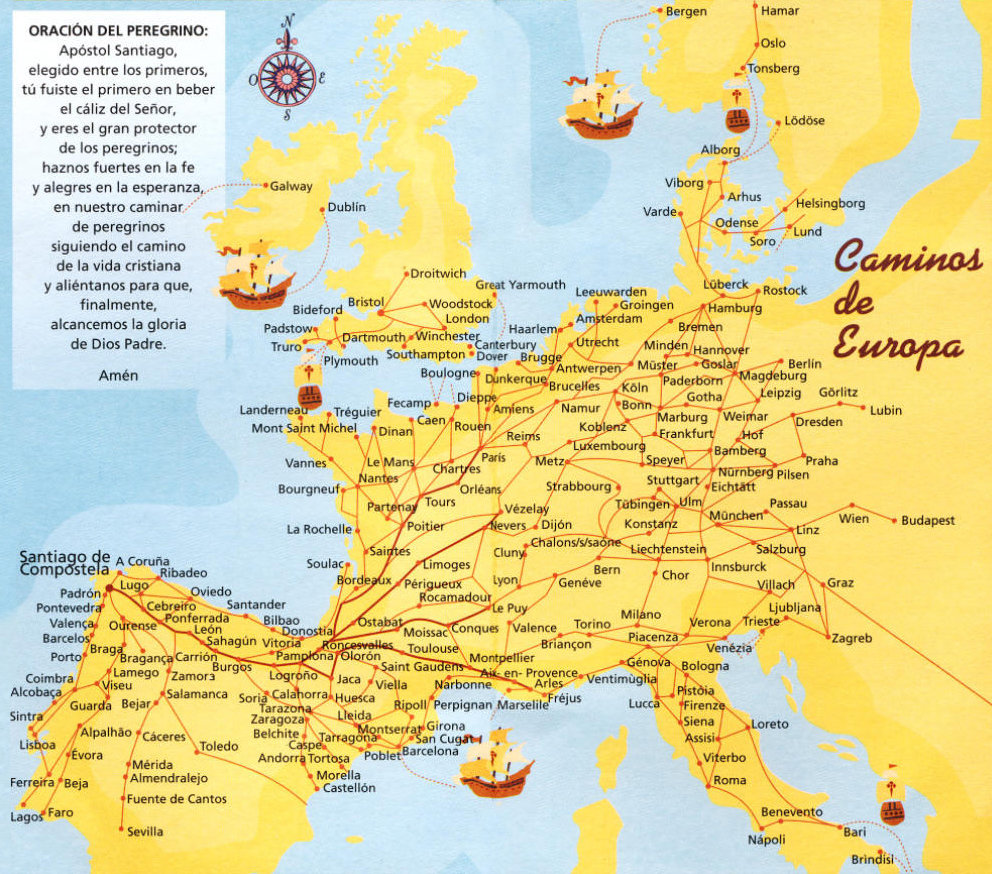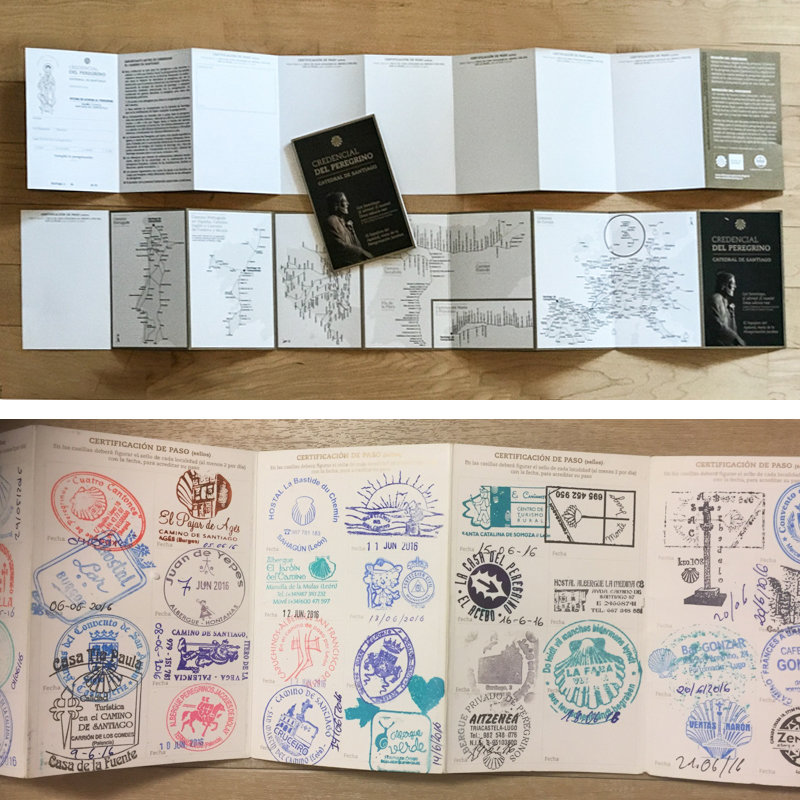At the latest since the publication of Hape Kerkeling's book “I’m off then” and its film adaptation, the Camino de Santiago has become a concept for not only those who, for religious reasons, embark on this strenuous hike. For many, it is the search for the meaning of life that drives them on and makes them tackle the next stage once again every day. But how did the old DUSCHOLUX bus end up on the Camino de Santiago?
I’m off then.
There is not only one Camino de Santiago, there are many different routes that run through all European countries. Most pilgrims follow the “Camino Francés” route, which starts in Saint Jean Pied de Port near the French-Spanish border. What makes the Camino Francés special is its varied landscape, which changes constantly as it crosses the Pyrenees and passes through the four Spanish regions of Navarra, Rioja, Castilla y León and Galicia.
After 32 daily stages and 800 kilometres, the various Camino de Santiago routes converge just before Santiago de Compostela and together reach the long-awaited destination: The famous cathedral of Santiago with the supposed tomb of the apostle James.
Regardless of whether you choose to stay in pilgrim hostels, monasteries, guesthouses or hotels at the end of a stage, it is important that you have your pilgrim's identity card with you. The pilgrim's passport is an important document on every pilgrimage route. You can only be admitted to the hostels with it and find accommodation there. The pilgrim's certificate, known as the “Compostela”, can only be issued in Santiago at the end of the pilgrimage with a completed official pilgrim's identity card. This requires at least 2 stamps per day in the passport and this for at least the last 100 kilometres (or 200 km if cycling) before Santiago.
The stage stamp can also be found in the old DUSCHOLUX double decker, which is available to pilgrims for an overnight stay. How this bus, which came to the Camino de Santiago, is beyond our knowledge, probably due to our site in Spain. Its years of travelling all over Europe have nothing to do with a pilgrimage, but it was a place where they talked to customers and talked shop. Yet the fact that it is still in use shows that DUSCHOLUX - just like its products - has always paid attention to sustainability and durability.















